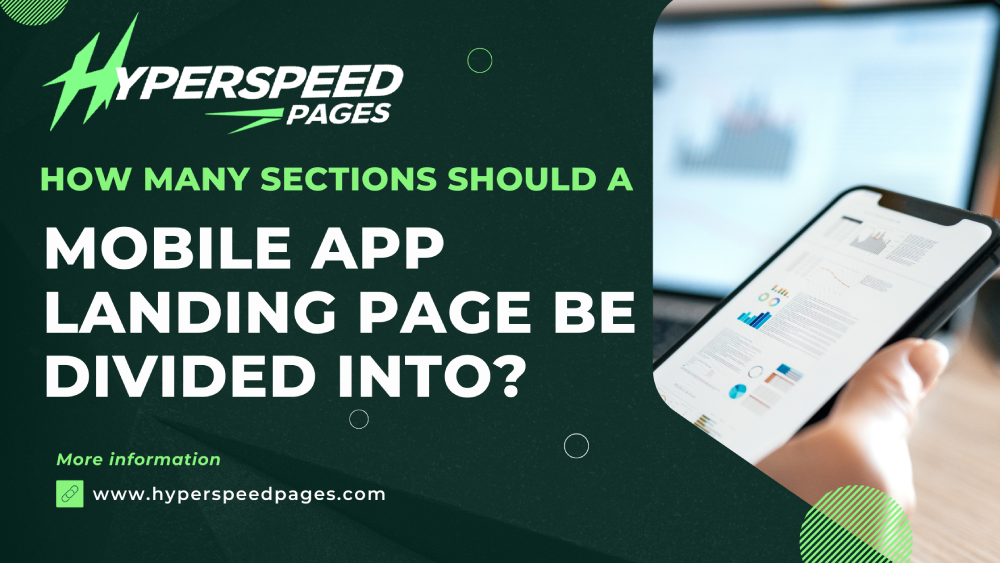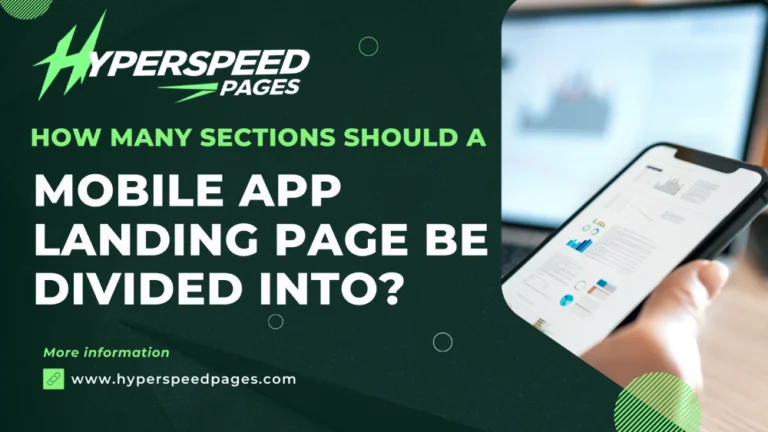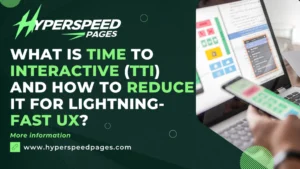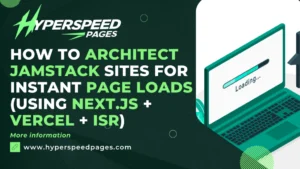
Creating a landing page for a mobile app is a critical step in capturing potential users’ attention and converting them into loyal customers. The structure of the landing page plays a significant role in its effectiveness. One of the most important questions designers and marketers face is: “How many sections should a mobile app landing page be divided into?”
The answer is not straightforward, as it depends on various factors such as the app’s complexity, target audience, marketing goals, and overall design strategy. However, there are some best practices and technical considerations that can help guide the decision-making process.
1. Hero Section: The First Impression
The hero section is the most crucial part of any good landing page. It’s the first thing users see when they land on the page, and it should immediately capture their attention. This section should include:
- App Name and Tagline: Clearly display the app’s name and a concise tagline that explains what the app does or offers.
- Visuals: A high-quality image or video showcasing the app’s interface or unique features.
- Call to Action (CTA): A prominent CTA button, such as “Download Now” or “Get Started”, should be placed here. The CTA should stand out with a contrasting color and be positioned above the fold.
- Social Proof: If applicable, include a brief mention of awards, high ratings, or user testimonials to build credibility.
The hero section should be visually appealing, concise, and to the point. Overloading it with too much information can overwhelm users and increase bounce rates.
2. Feature Section: Highlight Core Functionalities
After grabbing the user’s attention with the hero section, the next step is to delve into the app’s core features. This section should provide a detailed explanation of what the app does and how it benefits the user. Consider the following technical elements:
- Feature Breakdown: Use icons, short descriptions, and visuals to present the app’s key features. Break them down into individual components that are easy to understand.
- Interactive Demos: If possible, include interactive elements like GIFs or short videos that demonstrate the features in action. This allows users to see the app’s functionality without having to download it first.
- Performance Metrics: If the app offers exceptional speed, efficiency, or other technical advantages, highlight these metrics. For example, “Load time under 2 seconds” or “99.9% uptime” can be persuasive for tech-savvy users.
The goal of this section is to communicate the app’s value proposition in a clear and engaging manner, ensuring that users understand why they should care about the app.
3. Benefits Section: Why Choose This App?
While the feature section focuses on the app’s functionalities, the benefits section should address the “why” behind the features. This section should emphasize how the app solves a problem or improves the user’s life. Consider the following:
- User-Centric Language: Speak directly to the user’s needs and pain points. For instance, instead of saying, “Our app has a calendar feature”, say, “Never miss an important event with our intuitive calendar reminders”.
- Quantifiable Benefits: Whenever possible, use data to back up your claims. For example, “Increase productivity by 30%” or “Save an average of 2 hours per week”.
- Real-World Scenarios: Describe scenarios in which the app would be particularly useful. This helps users visualize how the app can fit into their daily lives.
4. Testimonials Section: Build Trust
Social proof is a powerful tool in convincing potential users to download an app. A dedicated testimonials section can serve as an essential part of the web landing page. Key elements to include:
- User Testimonials: Display quotes from satisfied users. If possible, include the user’s name, photo, and job title or location to add authenticity.
- Case Studies: Provide brief case studies or success stories that detail how the app has made a difference for specific users or companies.
- Ratings and Reviews: If the app has high ratings on app stores, include these as part of the social proof. Visual elements like star ratings or trust badges can enhance credibility.
This section should aim to build trust by showing that real people have had positive experiences with the app.
5. Pricing Section: Clear and Transparent Information
If the app offers premium features or a subscription model, it’s essential to have a clear and transparent pricing section. This section should include:
- Pricing Tiers: Clearly outline the different pricing plans available, along with what each plan offers. Use a comparison table to make it easy for users to see the differences.
- Free Trial Information: If the app offers a free trial, make sure this is highlighted. Mention any restrictions or limitations of the free trial.
- Money-Back Guarantee: If applicable, include a mention of a money-back guarantee to reduce risk for the user.
The pricing section should eliminate any confusion or hesitation about costs, helping users make informed decisions.
6. Call to Action Section: Encourage User Conversion
While the hero section contains the primary CTA, it’s essential to include additional CTAs throughout the landing page, particularly towards the end. This section should:
- Reiterate the Primary CTA: Use strong, action-oriented language to encourage users to download the app or sign up.
- Highlight Urgency: If applicable, create a sense of urgency with phrases like “Limited Time Offer” or “Join Thousands of Satisfied Users Today”.
- Multiple CTA Buttons: Place CTA buttons strategically throughout the page, ensuring that users can take action at any point without having to scroll back up.
7. Technical Section: For the Savvy Users
For apps targeting a more technically inclined audience, including a dedicated technical section can be beneficial. This section could cover:
- Platform Compatibility: Detail which platforms the app is available on (iOS, Android, etc.), and any specific system requirements.
- API Integration: If the app offers API integration with other software or platforms, provide detailed information about how this works.
- Security Features: Highlight any security measures in place, such as encryption, two-factor authentication, or GDPR compliance.
This section should be more detailed and technical, catering to users who want to know the app’s capabilities on a deeper level.
8. FAQ Section: Address Common Questions
An FAQ section can help address common concerns and reduce friction for potential users. This section should include:
- Common Questions: Identify the most frequently asked questions users might have about the app. This could range from installation issues to privacy concerns.
- Concise Answers: Provide clear and concise answers that resolve these concerns. Link to more detailed documentation if necessary.
- Search Functionality: If the app is complex, consider adding a search bar to help users find specific answers quickly.
9. Footer Section: Final Information Hub
The footer is often overlooked, but it can be a valuable section for providing additional information and navigation options. Key elements to include:
- Contact Information: Provide multiple ways for users to get in touch, such as email, phone, or social media links.
- Legal Links: Include links to the app’s privacy policy, terms of service, and any other relevant legal documents.
- Social Media Links: Encourage users to connect on social media by providing links to the app’s profiles.
Find the Right Balance
The number of sections on a mobile app landing page will ultimately depend on the app’s complexity and the target audience’s needs. However, the sections outlined above provide a comprehensive framework that can be adapted to fit most mobile apps. The key is to balance informative content with an engaging user experience, ensuring that potential users are guided smoothly from discovery to conversion.
Technical Aspects and Best Practices
- Responsive Design: Ensure that the landing page is fully responsive and optimized for various devices, especially mobile. The layout should adjust seamlessly to different screen sizes.
- Page Load Speed: Optimize images, scripts, and other elements to ensure fast page load times. Use tools like Google PageSpeed Insights to identify and fix performance issues.
- A/B Testing: Conduct A/B testing on different sections, especially the hero and CTA sections, to determine which designs and content resonate best with users.
- SEO Optimization: Incorporate relevant keywords, meta tags, and alt texts for images to improve the landing page’s visibility in search engine results.
- Analytics Integration: Use tools like Google Analytics to track user behavior on the landing page. This data can provide insights into which sections are most effective and where improvements can be made.
- Content Management: Use a robust CMS (Content Management System) that allows for easy updates and management of the landing page content. This is crucial for maintaining up-to-date information and quickly responding to user feedback.
Create a digital marketing landing page that is not only visually appealing but also technically sound, leading to higher conversion rates and overall success for your mobile app.
SOURCE:




